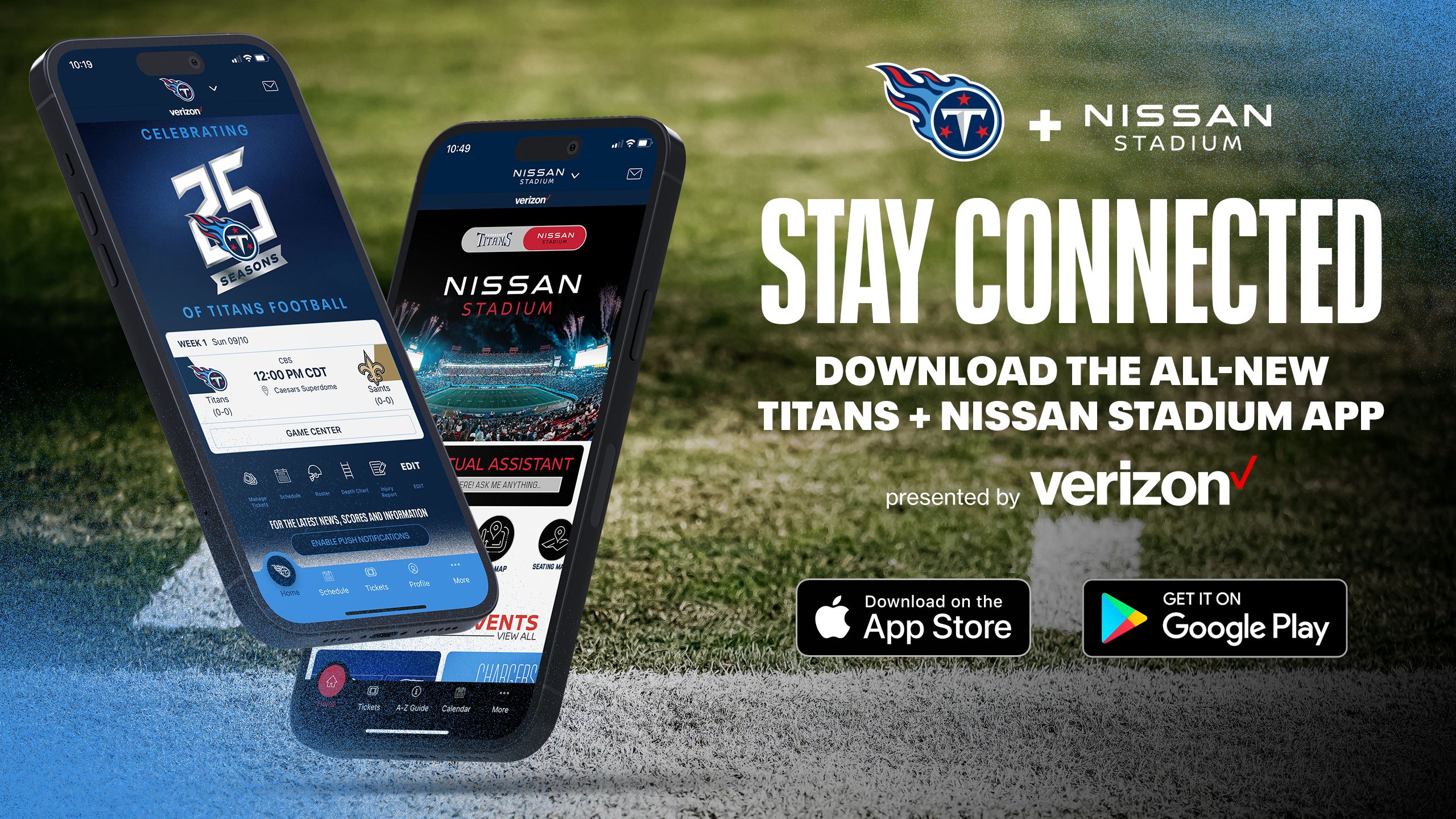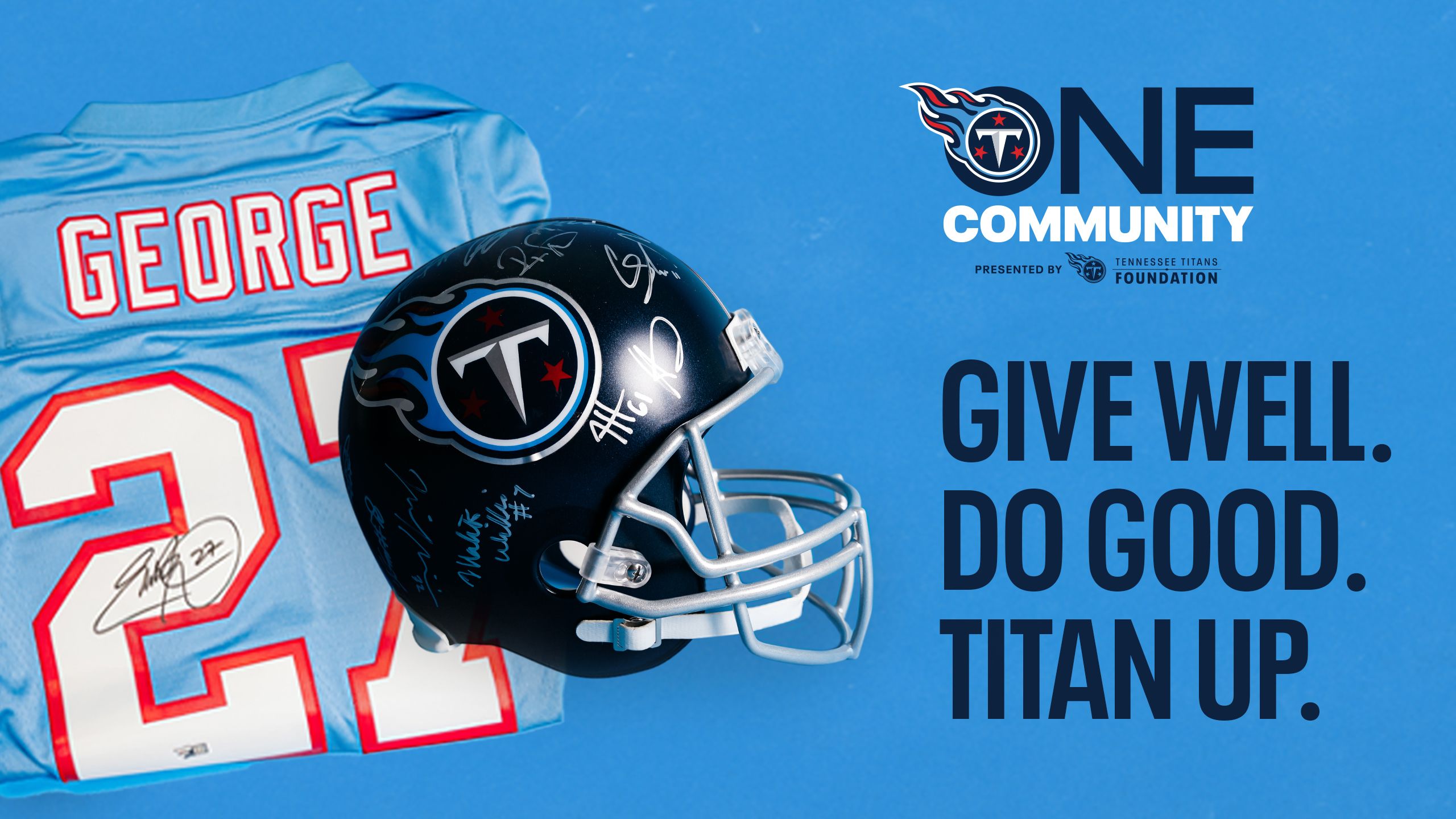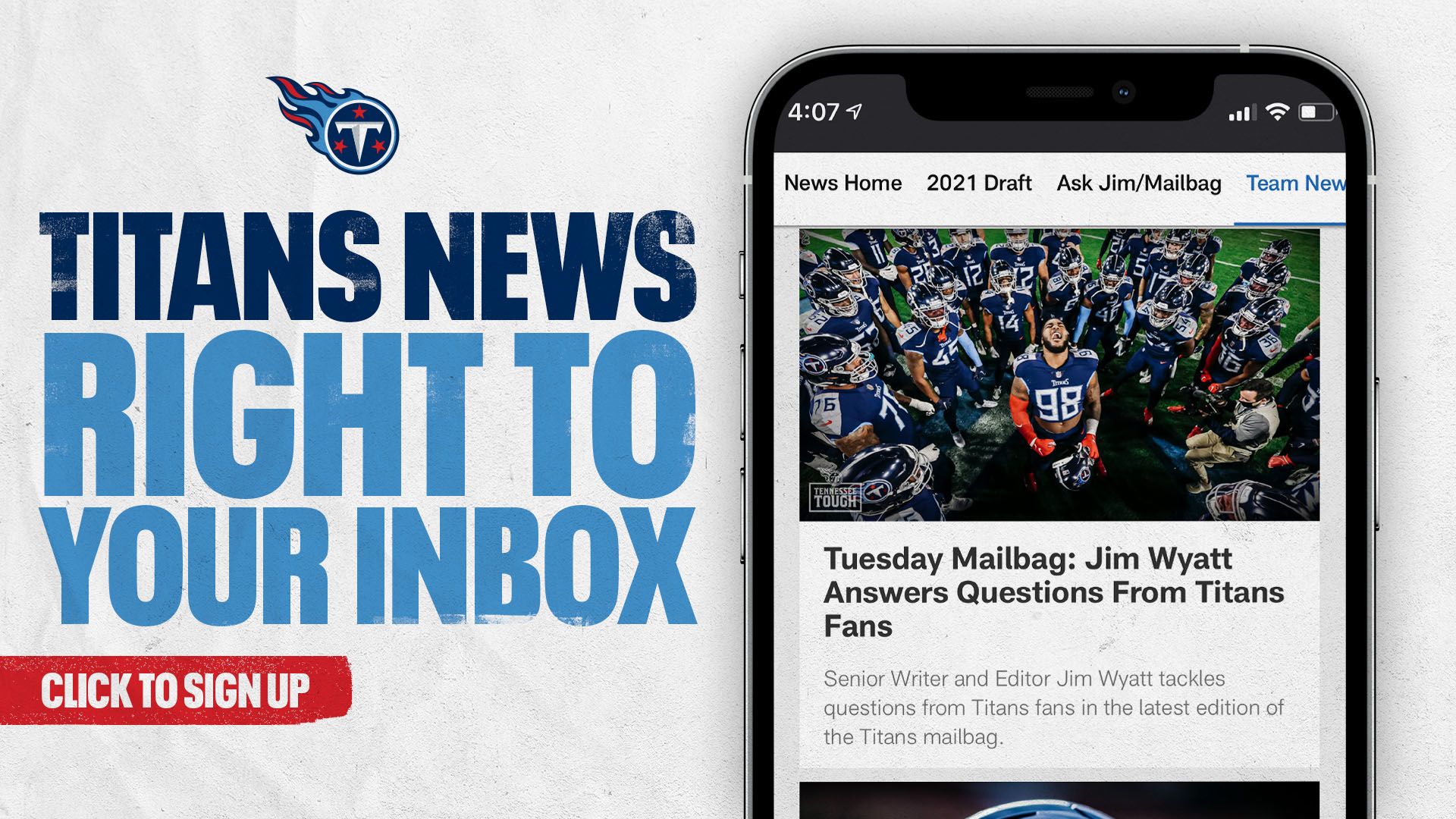 |
While the CBA issue has simmered, those folks have sat on the sideline. For them, unlike just about anyone else, it's been business as usual to this point.
But if we reach March 4 without a new deal, everything changes. No free agency, no minicamps, no OTAs, and no sign of the normal spring routine for the league's scouts, coaches and personnel executives until there's a CBA.
"We're operating like we're going to be ready to go on March 4," one NFC general manager said. "It's been business as usual. We're having our free agent meetings, our draft meetings, at the exact same time we always have, because until March 4 happens, we don't know that it will be different. And you usually need deadlines to settle these types of things.
"Talk to me in May, and I'll tell you how different it is. Right now, we're doing the same thing we have."
What does that mean?
There's a process of self-evaluation of the staff, roster and scheme that happens right after the season, and that rolls right into the outside evaluations. At this point, teams have their free-agent boards assembled and are going through draft meetings to get their initial draft boards set in advance of next week's NFL Scouting Combine.
As our GM intimated, the draft is happening regardless, and teams have to be ready in case free agency does start on time. So for now, the talk is all football.
"I think in casual conversation, (the CBA) comes up, but from a preparation standpoint, it's all football," one AFC personnel director said. "The only real dilemma is what happens if free agency doesn't start on time?"
Over the last week, in panning football people, that's just what I tried to figure out. I'm not here to rain on the parade of optimistic talk that happened on Thursday, but simply ask, 'What if?' Here are some of the things teams are preparing for:
The draft coming before free agencyNormally, teams that spend big in free agency do so to fill a specific need on the roster. But if the draft comes before free agency, more clubs could be making needs-based picks in April, and those will certainly have fewer holes to fill when the market is flooded after a CBA is reached.
"You're going to have to ask, 'How are we drafting? Do we fill needs, which we have more of, or get the best player?'" said a second AFC personnel chief. "I can see a lot of teams filling those needs and a situation where players are frustrated in free agency, because young draft choices are taking their roles."
That particular personnel man said he prefers free agency coming first, because it allows for more flexibility on draft day. But our NFC GM actually said he likes the idea of the draft being before free agency, because teams would be less likely to pass on players without having spent big bucks on free agents. Either way, it's a pretty different dynamic.
The lack of spring campsThis is where veteran players who are under contract have an edge and probably an easier road to keeping their jobs. And it's another area in which the 2011 free-agent class could take a hit, since a team might be less likely to spend on a player who won't be able to get a full offseason under his belt before his first year in that new uniform.
Then, there's the fact that a truncated process could lead to more problems team-wide.
"The offseason conditioning with these athletes, it's inherent on them to be ready to perform," said the first AFC personnel man. "I'd guess you'd probably have a spike in minor injuries in camp and the preseason. You hope players are taking care of their bodies. But you'd worry about the bigger guys."
The trade marketIf the draft does happen before a CBA is reached, then that means veterans who might be expecting to move locales won't be able to be traded for current-year draft picks. So say you're the Eagles and teams are coming after Kevin Kolb, the club has to consider that the windfall would more than likely be a 2012 pick, and that means going through 2011 without either Kolb or the player(s) you'd ultimately get in return. So why not wait?
The bottom line here is it might be harder, for teams looking at players on trading block, to pry them away, since the trading teams have the above knowledge. And the team-in-pursuit might be less fervent anyway, since the 2011 return might be limited as the player has to learn his new surrounding without the benefit of a full offseason.
"It'll be situation-specific," said the NFC GM. "A good example is when you trade a future-year draft pick. To get a team to give up a pick in a given year, you need extra incentive to do that. … That's the reason why you get a second next year for a third this year. That's how you'd fix the problem, if you're going after a guy. Because if you're trading a guy, you're asking, 'Why don't I keep him for the year?'"
Undrafted free agentsIn the scenario that we've laid out, either there will be a lot of handshake deals between teams and players who go undrafted, or this will be the most well-scouted group of undrafted free agents ever. Those guys won't be able to sign deals, absent a CBA, after the draft. And so teams will be able to further evaluate who's on the market, something that could hurt lower-tier veteran free agents.
"It'll be like a second draft," said the first AFC personnel man. "You'll be able to reset, which you can't do if it's happening immediately after the draft, and it'll give all 32 teams more time to digest who's available, rather than have that haphazard one-to-two-hour window where you have a flurry of signings."
The important thing, of course, is readiness -- for anything.
"You have to have a 48-hour emergency plan," said the second AFC personnel man. "You have to be able to say once there's an agreement, 'OK, here's our attack mode.'"
To this point, that means the prep has gone as it always does. The difference this year is the starting line is not defined yet. And it might not be for some time.

















